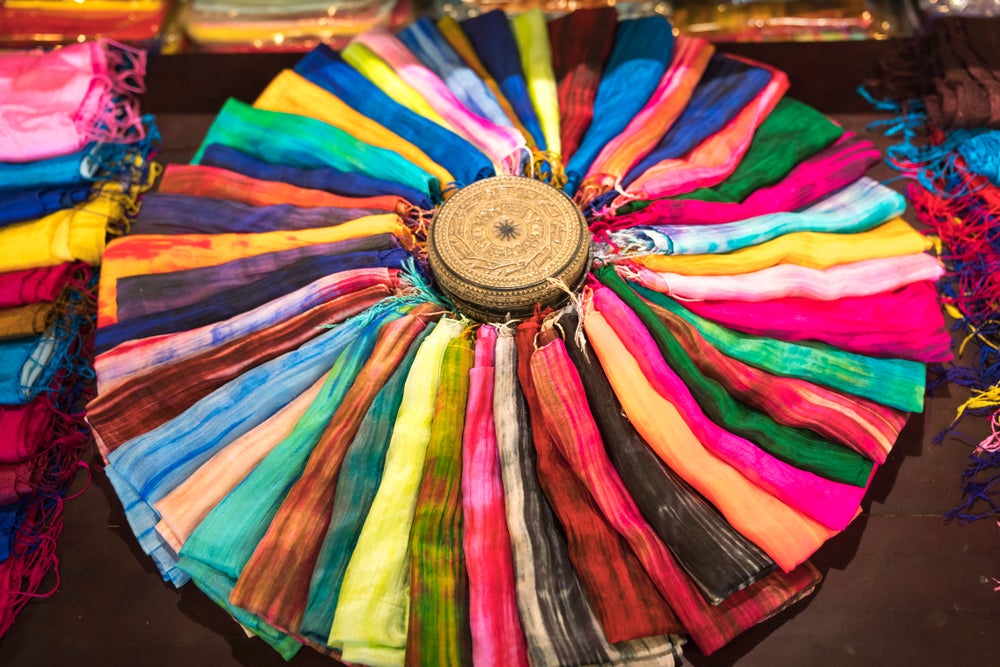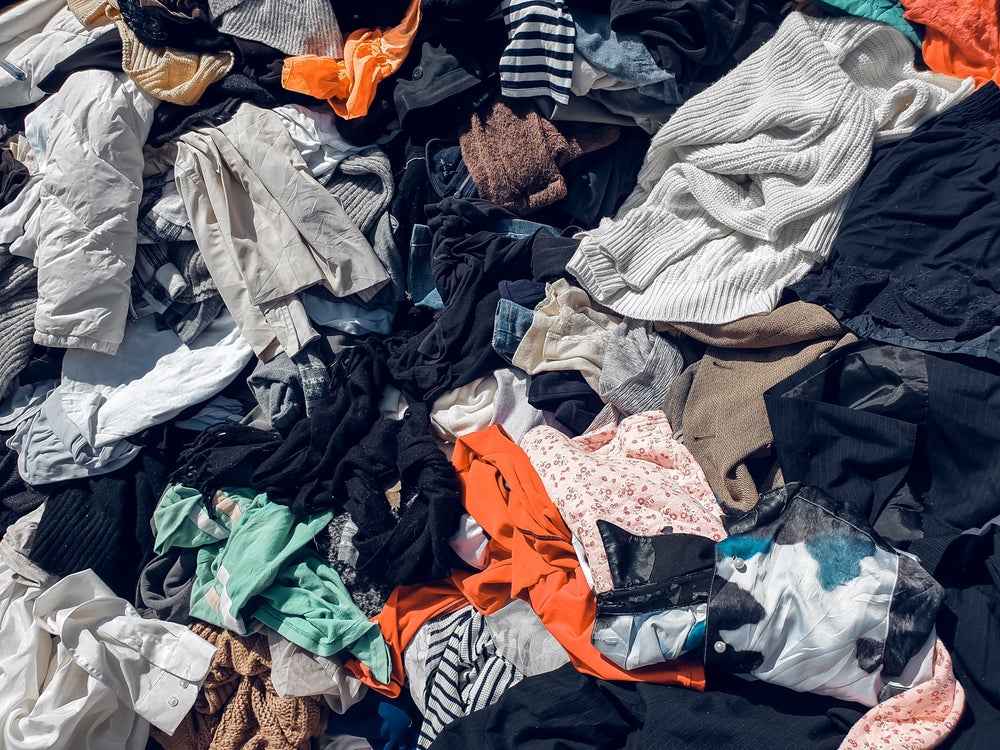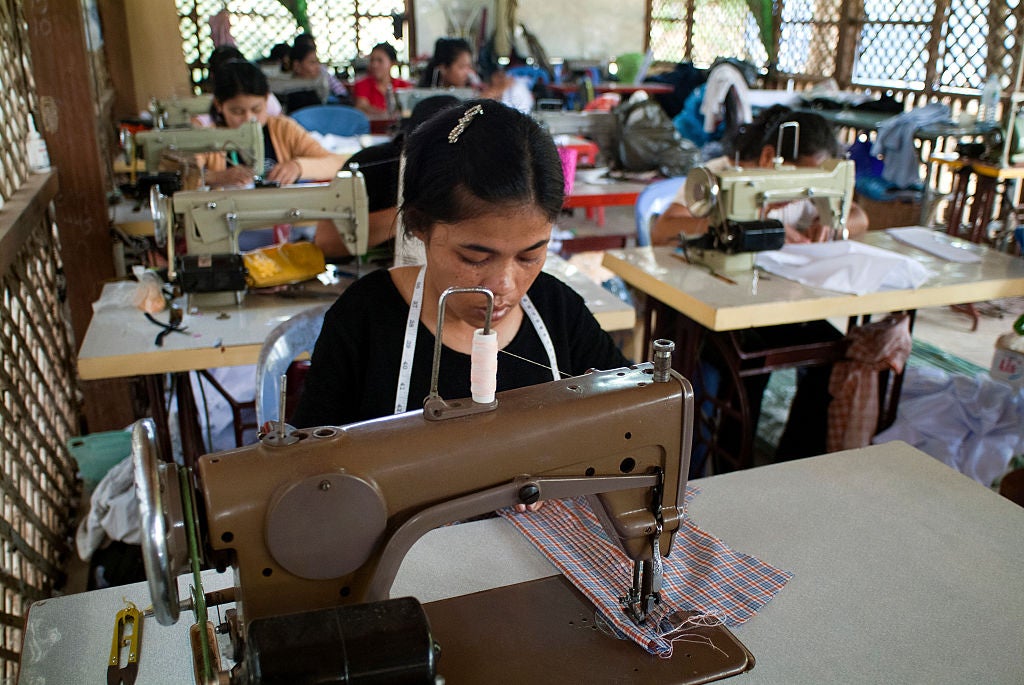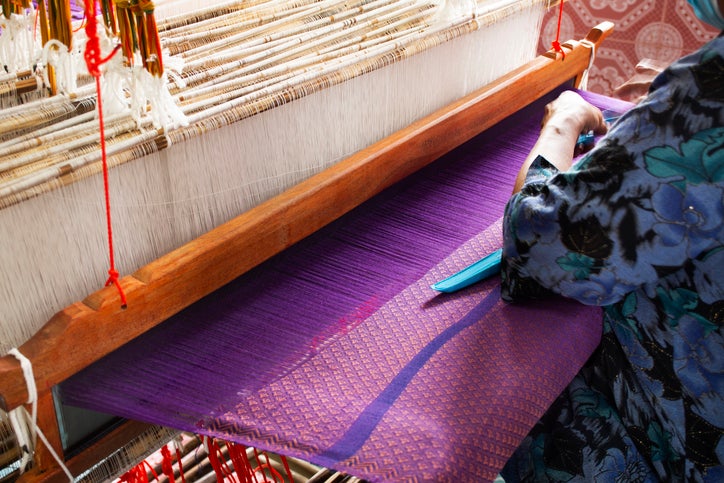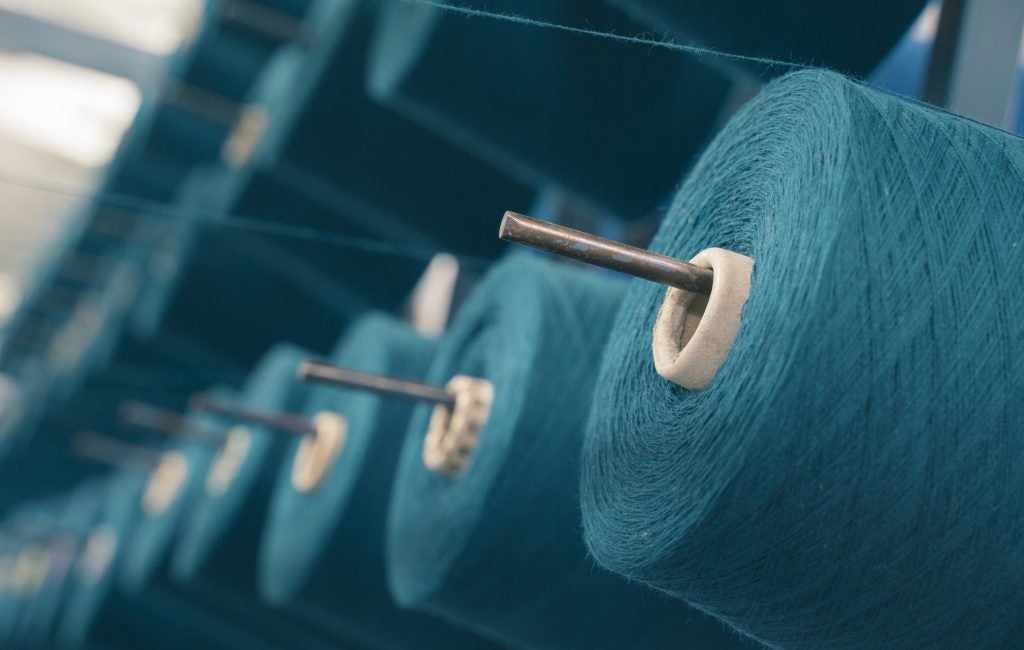The decision to establish the new facility comes as Kraig Labs gears up for a substantial expansion in silk production and aligns with the company's recent Memorandum of Understanding with the Vietnam Sericulture Association (VSA) and Lam Dong Agro-Forestry Research and Experiment Center (LAREC).
This new facility is not only set to support Kraig Labs' production capabilities but also serves as a focal point for collaboration with the VSA and LAREC, aimed at enhancing sericulture practices in Vietnam.
Located strategically in the heart of Vietnam's primary silk-producing region, the facility offers convenient access to fresh mulberry, skilled sericulture labour, and cocoon reeling facilities.
CEO and founder Kim Thompson commented: “We are prepared for 2024 to be a breakthrough year for the commercialisation of spider silk. Positioning our operations in the heart of Vietnam’s silk manufacturing centre is a significant element of that growth.
“Our team is now preparing for the spring production trials and the launch of our new BAM 1 hybrid. We expect to have this new facility online to support these exciting milestones and the commercialisation of our cost-effective, eco-friendly spider silk.”
The BAM 1 hybrid is a new two-strain hybrid created by Kraig Labs as part of a successful program to create larger and more robust production silks. It claims the innovation is the "most efficient spider silk production system" to date.
Kraig Labs previously announced its intention to work on expanding its spider silk and Pima cotton line back in May 2023.
At the time, Thompson said that over the next couple of months, the company would be creating enough unique strains of spider silk transgenics to implement a multi-line “double hybrid” production system.
He explained: “The work that we started in late 2022 with the first cross-hybrids, blending our spider silk technology with commercial silkworm strains, has now expanded to nearly a dozen strains of robust production silkworm lines. These strains were sourced from around the world and selected for their strong genetic background and cocoon performance.”


